Cape Sparrow
Posted: Sun Mar 23, 2014 4:54 pm
803. Cape Sparrow Passer melanurus (Gewone Mossie)
Order: Passeriformes. Family: Passeridae
Description
It is 14-16 cm in length. This species with its black and white head pattern is more bunting-like than it is sparrow-like. It has brown legs and a brown coloured back. The eyes are brown.
Male is unmistakable: it is the only sparrow in the region to have a pied head. The breeding male has a mostly black head with a broad white mark from behind the eye to the throat. On the throat is a narrow black band. The underparts are greyish, darker on the flanks. The male’s back is neck is dark grey, and its back and shoulders are bright chestnut. The male has a white and a black wing bar below its shoulders, and flight feathers and tail streaked grey and black.
The female has a grey head with a different pattern from the male, though it bears a hint of the pale head markings of the male.
The juvenile is like the female, but young males show black on the head from an early age. The head is coloured black, white while the bill is coloured black.
Similar species: Female is distinguished from female House Sparrow and Great Sparrow by its plain chestnut back, and by its grey head and faint shadow markings of the male's pied head pattern.
Distribution: It is found in southern Africa, occurring from south-western Angola to Namibia (excluding the north-east), southern Botswana, south-western Zimbabwe and across South Africa, where it is particularly common.
Habitat
It prefers semi-arid savanna, thornveld, and light woodland. It occurs as well in urban centres and farmland.
Diet
It eats a variety of insects and plant products, such as seeds, fruit and nectar.
Breeding
Its breeding behaviour varies, as it is usually monogamous but sometimes polygynous, nesting either singly or in colonies of up to roughly 100 pairs. It often rears multiple broods in each breeding season. The nest is built by both sexes, consisting of an untidy hollow ball with an entrance tunnel on the side, made of grass, weed stems and pliable, woody plant fibres and lined with feathers or soft plant material. It is typically placed in a bush, tree, hollow fence post, telegraph pole crossbar, wire netting fence, under the eaves of a building or even in old swallow or weaver nest. Egg-laying season is mainly from August-March, peaking from August-November in the Western Cape, but peaking later from September-February in summer rainfall areas. It lays 2-6 eggs, which are incubated by both sexes for about 12-14 days. The chicks are brooded and fed by both adults on a diet of mainly insects, leaving the nest after 11-20 days. They usually remain dependent on their parents for food for about 1-2 weeks after fledging, but they sometimes only become independent at approximately two months old.
Call
The basic call is used in flight and while perching socially and transcribed as chissip, chirrup, chreep, or chirrichup. A call used by the male to advertise nest ownership is transcribed as tweeng or twileeng. Distinctive and loud, this call sometimes becomes a jerky and repetitive song, transcibed as chip cheerup, chip cheerup. Listen to Bird Call.
Status
Very common, near endemic resident.
Order: Passeriformes. Family: Passeridae
Description
It is 14-16 cm in length. This species with its black and white head pattern is more bunting-like than it is sparrow-like. It has brown legs and a brown coloured back. The eyes are brown.
Male is unmistakable: it is the only sparrow in the region to have a pied head. The breeding male has a mostly black head with a broad white mark from behind the eye to the throat. On the throat is a narrow black band. The underparts are greyish, darker on the flanks. The male’s back is neck is dark grey, and its back and shoulders are bright chestnut. The male has a white and a black wing bar below its shoulders, and flight feathers and tail streaked grey and black.
The female has a grey head with a different pattern from the male, though it bears a hint of the pale head markings of the male.
The juvenile is like the female, but young males show black on the head from an early age. The head is coloured black, white while the bill is coloured black.
Similar species: Female is distinguished from female House Sparrow and Great Sparrow by its plain chestnut back, and by its grey head and faint shadow markings of the male's pied head pattern.
Distribution: It is found in southern Africa, occurring from south-western Angola to Namibia (excluding the north-east), southern Botswana, south-western Zimbabwe and across South Africa, where it is particularly common.
Habitat
It prefers semi-arid savanna, thornveld, and light woodland. It occurs as well in urban centres and farmland.
Diet
It eats a variety of insects and plant products, such as seeds, fruit and nectar.
Breeding
Its breeding behaviour varies, as it is usually monogamous but sometimes polygynous, nesting either singly or in colonies of up to roughly 100 pairs. It often rears multiple broods in each breeding season. The nest is built by both sexes, consisting of an untidy hollow ball with an entrance tunnel on the side, made of grass, weed stems and pliable, woody plant fibres and lined with feathers or soft plant material. It is typically placed in a bush, tree, hollow fence post, telegraph pole crossbar, wire netting fence, under the eaves of a building or even in old swallow or weaver nest. Egg-laying season is mainly from August-March, peaking from August-November in the Western Cape, but peaking later from September-February in summer rainfall areas. It lays 2-6 eggs, which are incubated by both sexes for about 12-14 days. The chicks are brooded and fed by both adults on a diet of mainly insects, leaving the nest after 11-20 days. They usually remain dependent on their parents for food for about 1-2 weeks after fledging, but they sometimes only become independent at approximately two months old.
Call
The basic call is used in flight and while perching socially and transcribed as chissip, chirrup, chreep, or chirrichup. A call used by the male to advertise nest ownership is transcribed as tweeng or twileeng. Distinctive and loud, this call sometimes becomes a jerky and repetitive song, transcibed as chip cheerup, chip cheerup. Listen to Bird Call.
Status
Very common, near endemic resident.
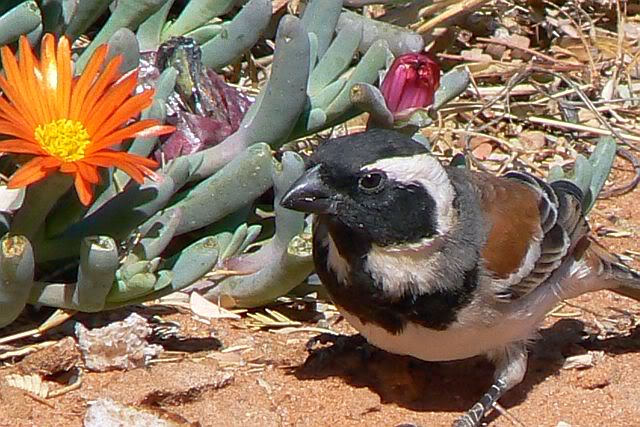 © Toko
© Toko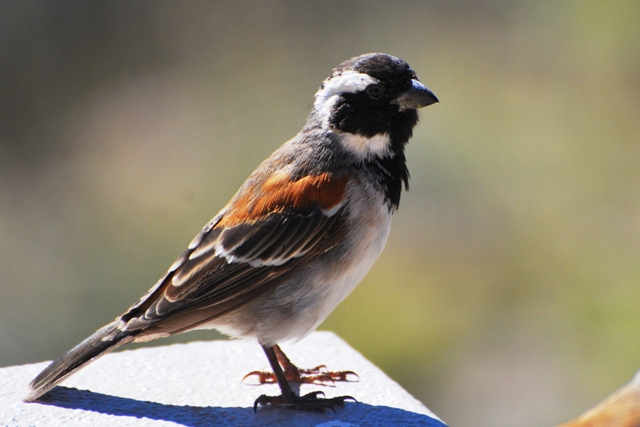 © Mel
© Mel
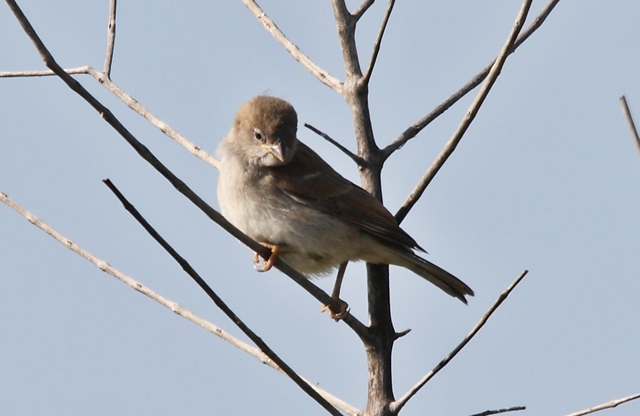 © Flutterby
© Flutterby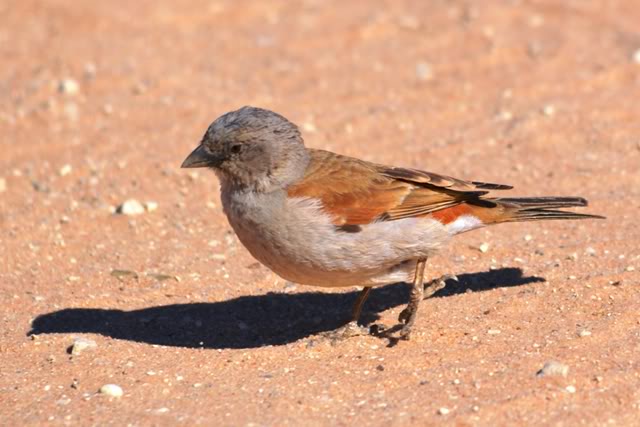 © Mel
© Mel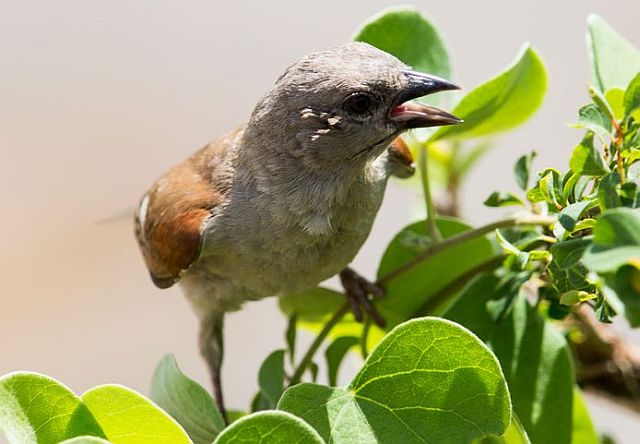 © Pumbaa & Timon
© Pumbaa & Timon © Mel
© Mel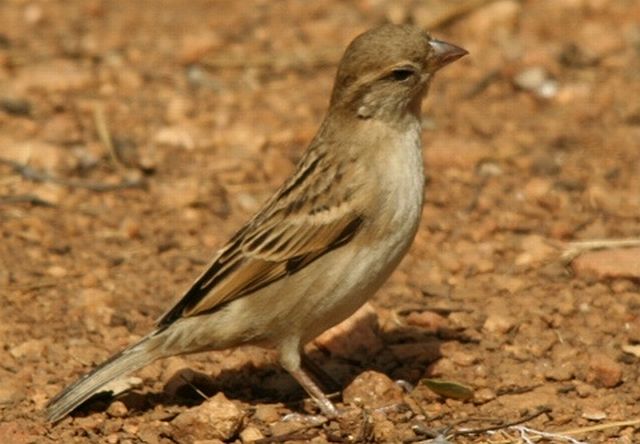 © pooky
© pooky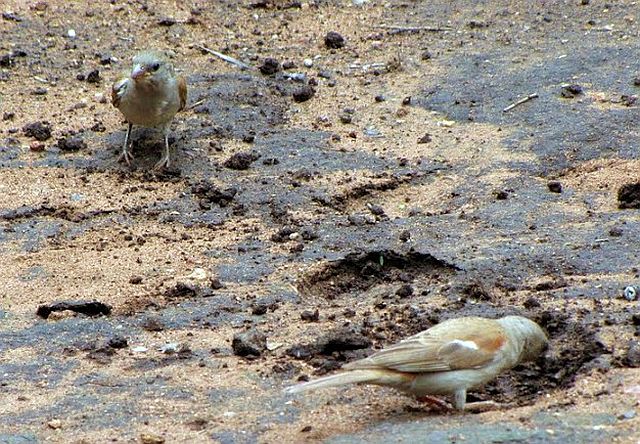 © Lisbeth
© Lisbeth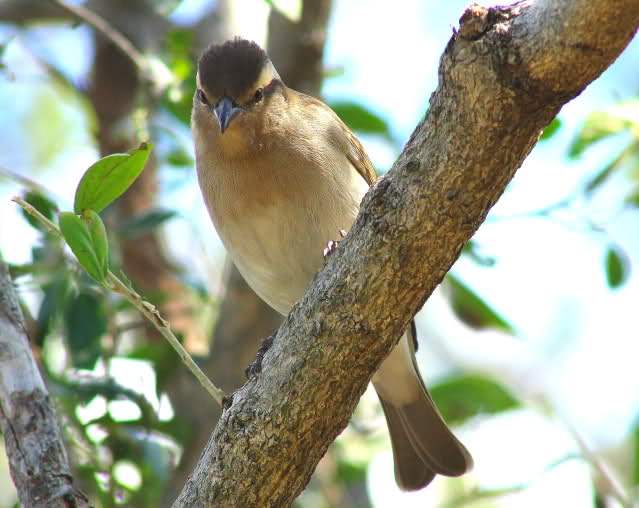 © Flutterby
© Flutterby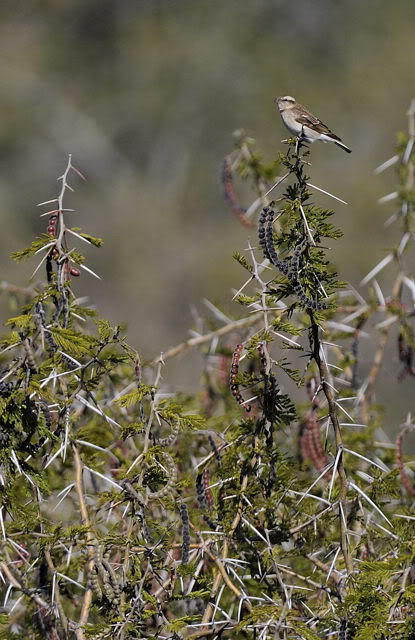 © Dewi
© Dewi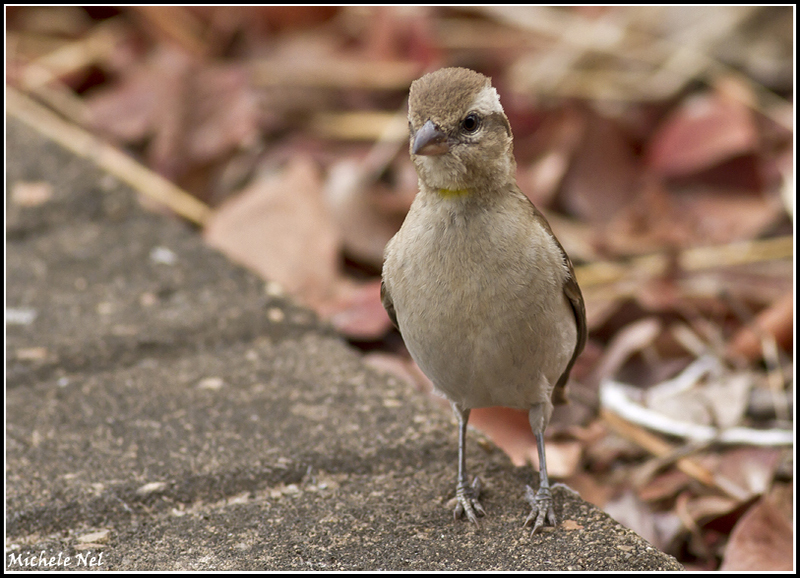
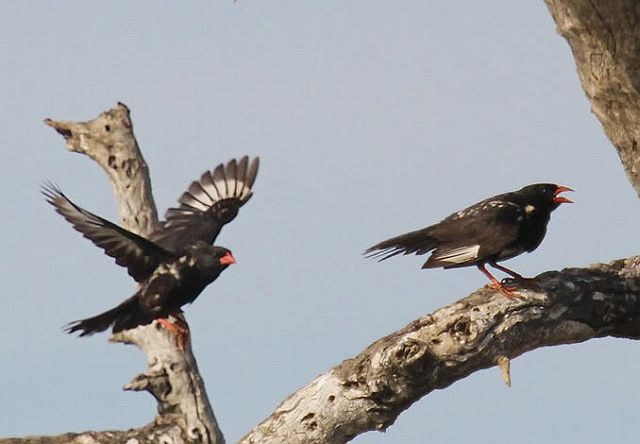 © leachy
© leachy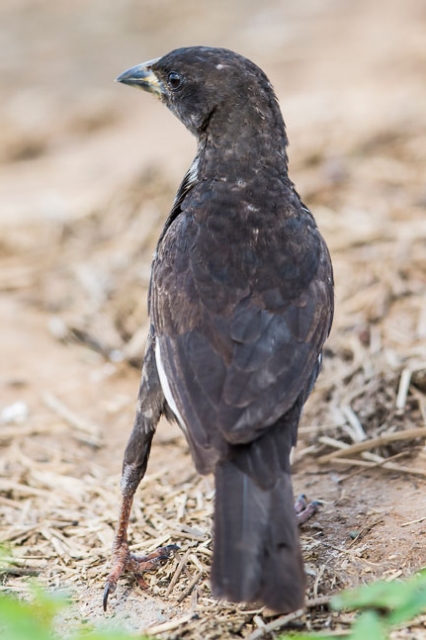 © Pumbaa
© Pumbaa  © Pumbaa
© Pumbaa  © Flutterby
© Flutterby © Flutterby
© Flutterby © Heksie
© Heksie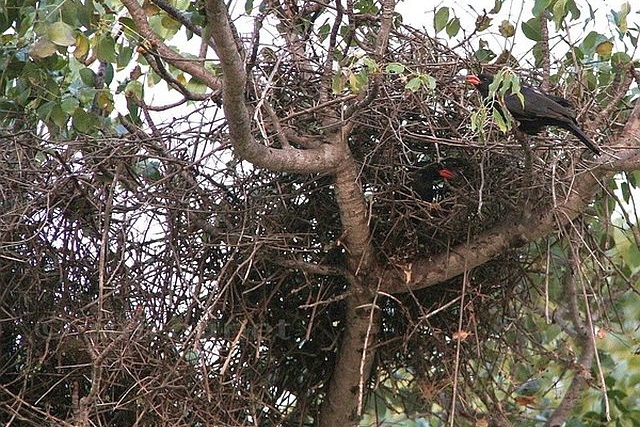 © nan
© nan